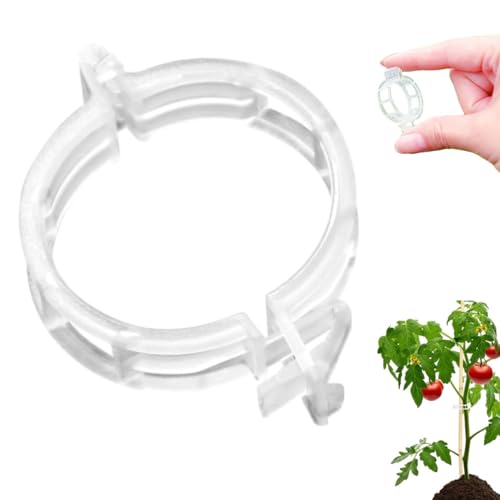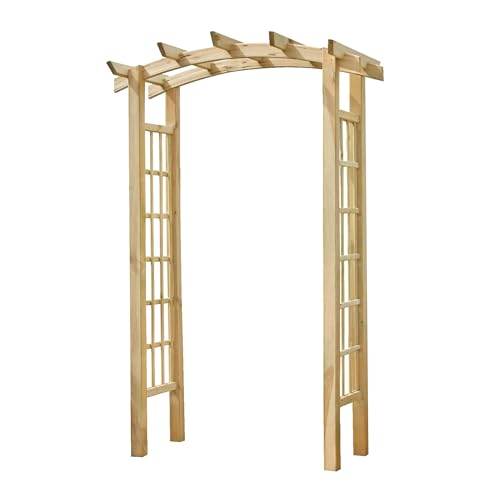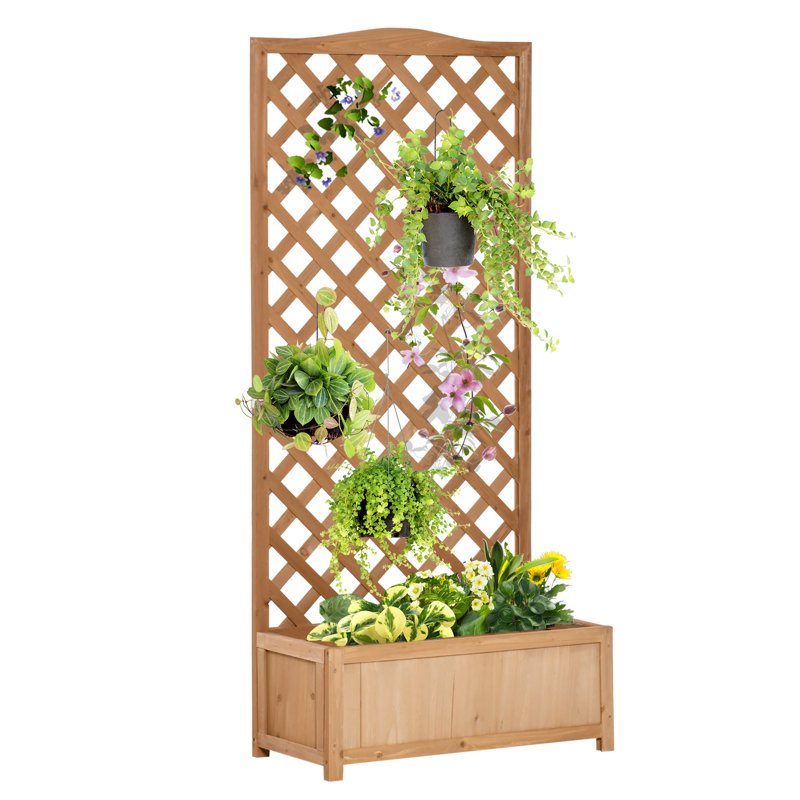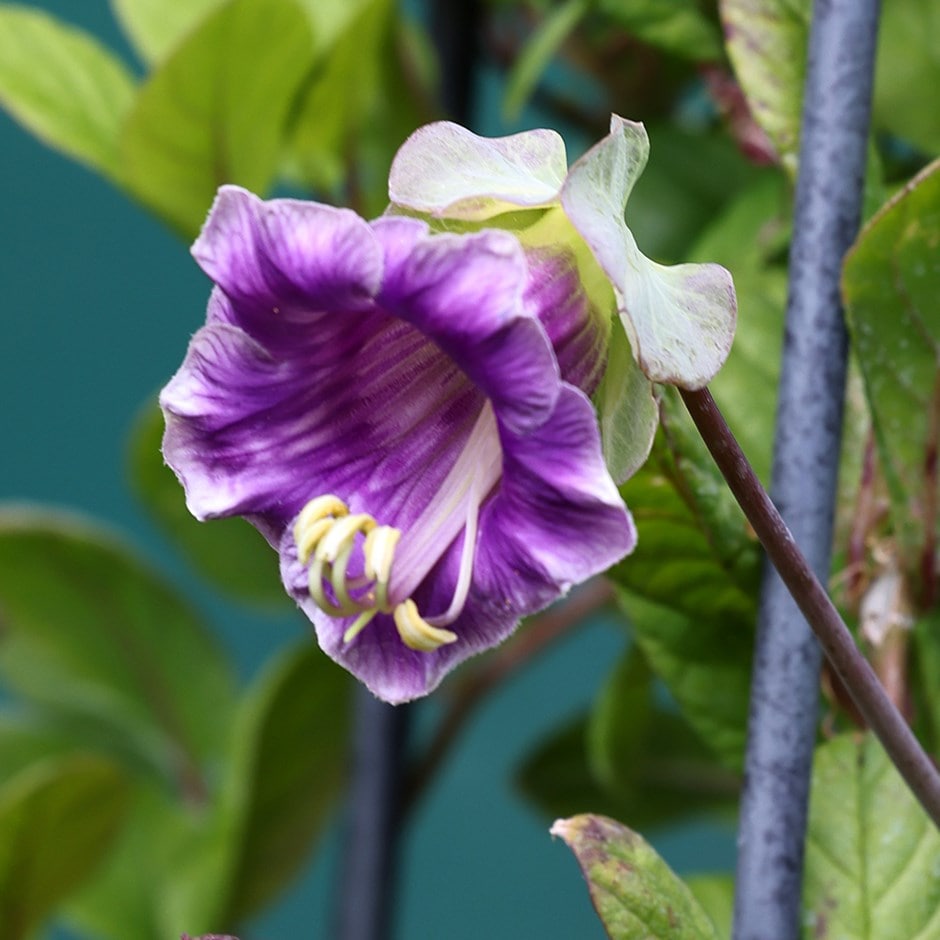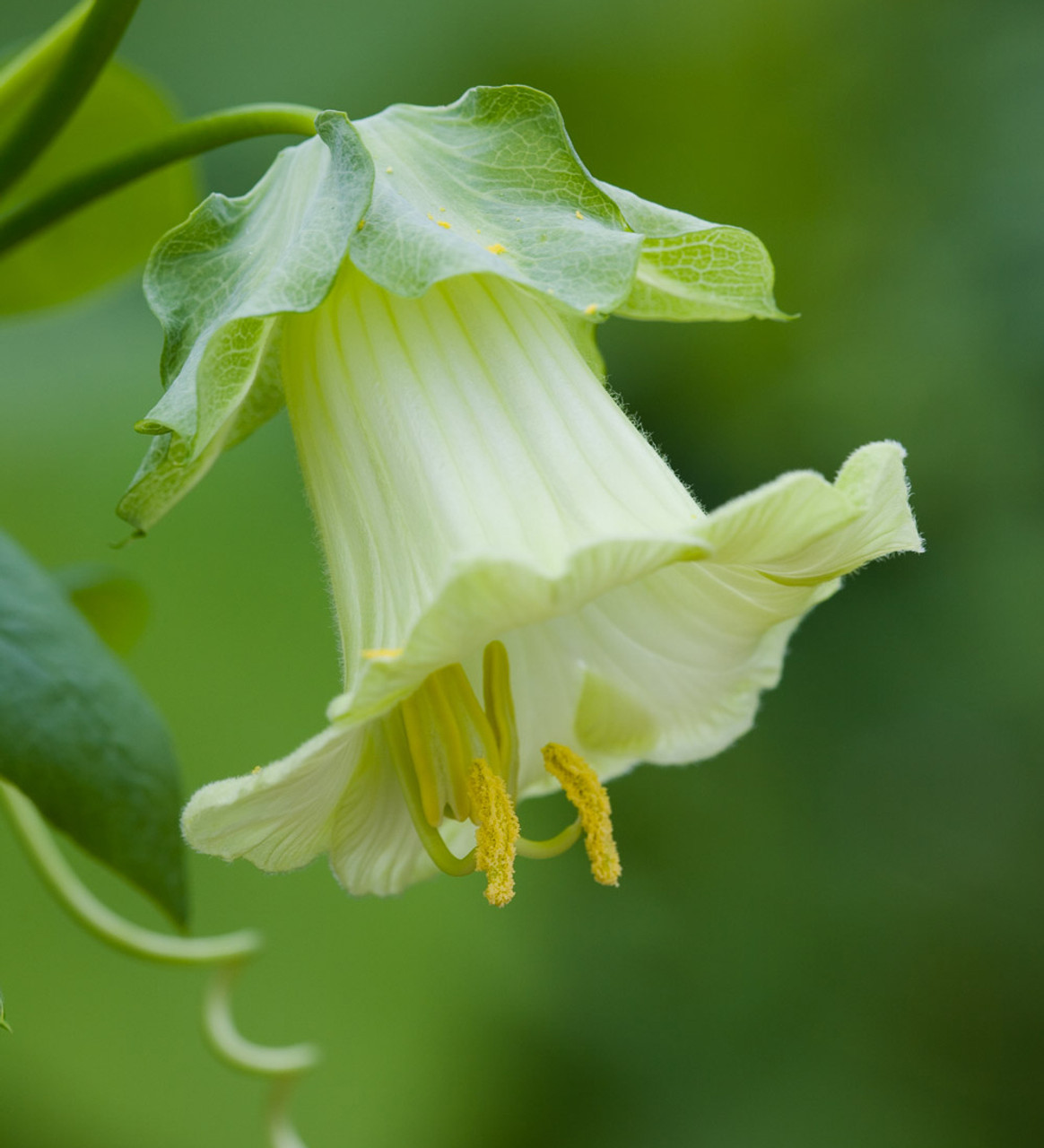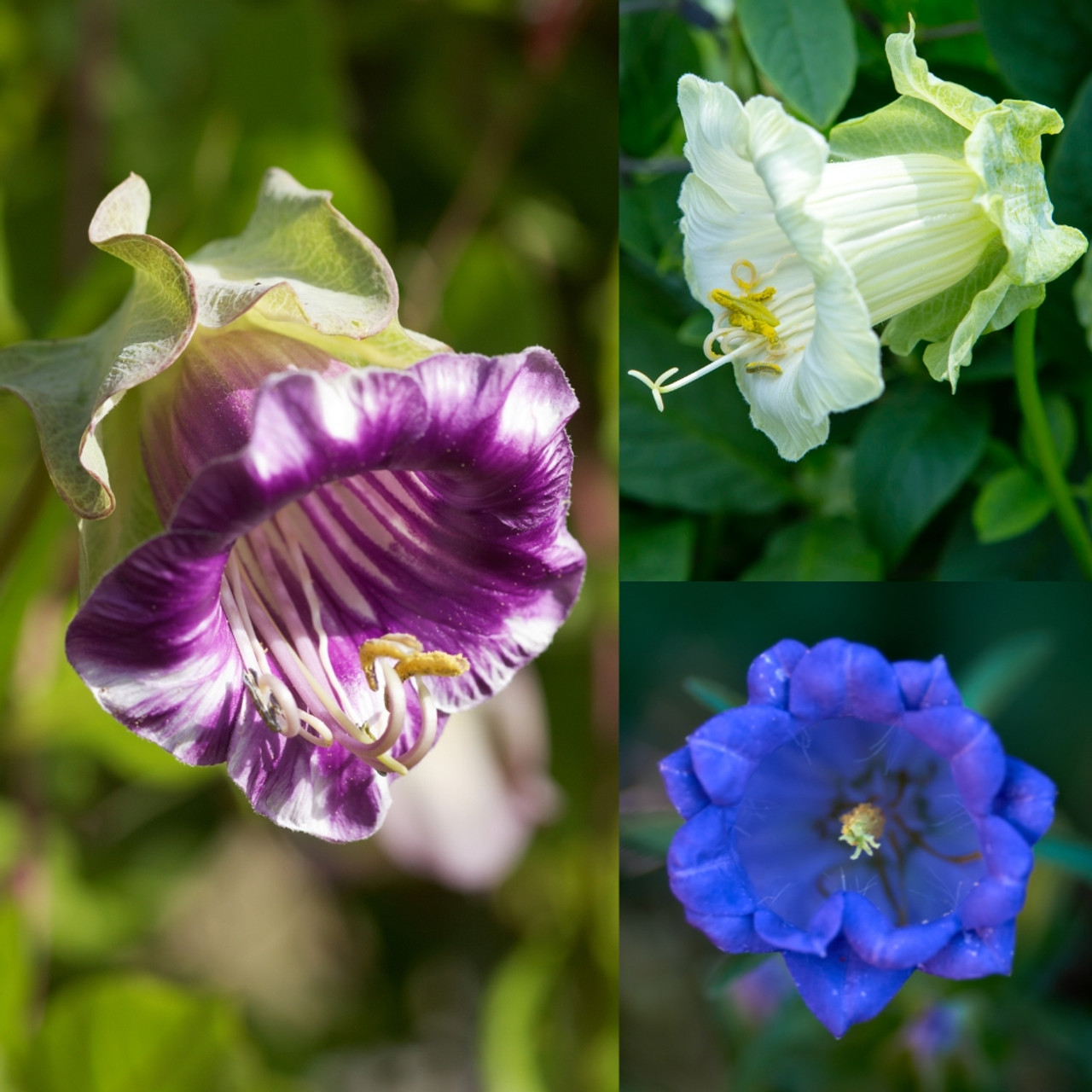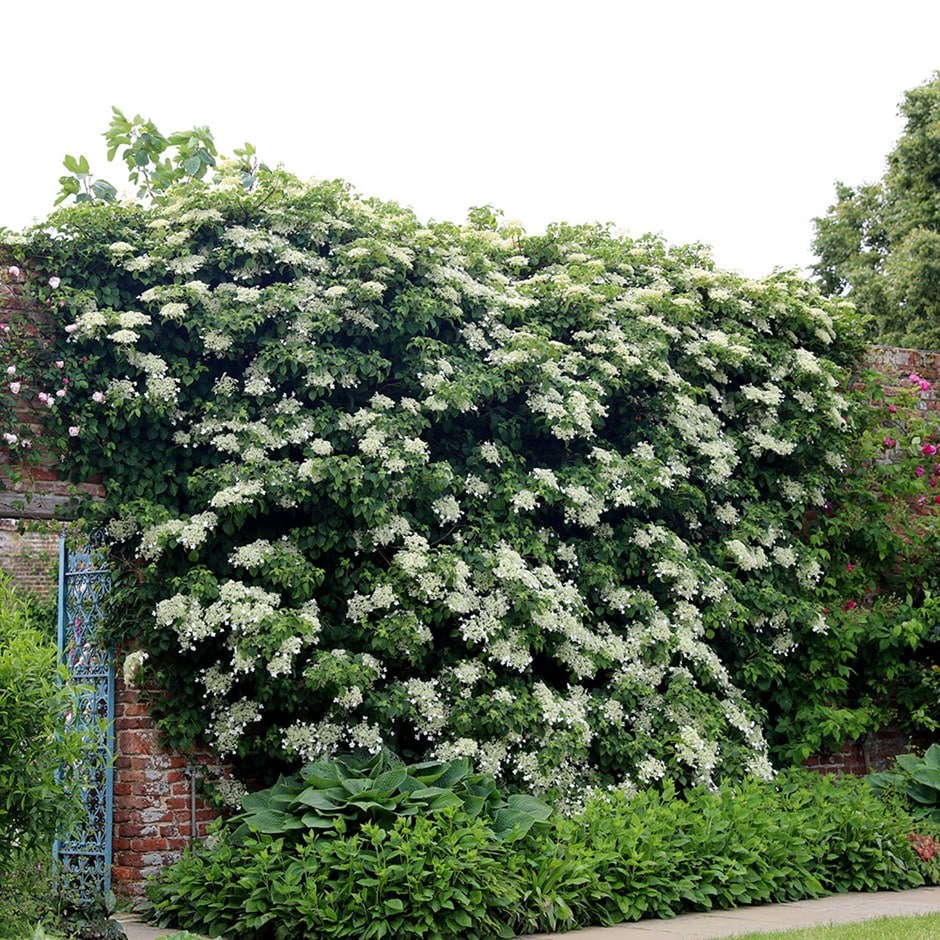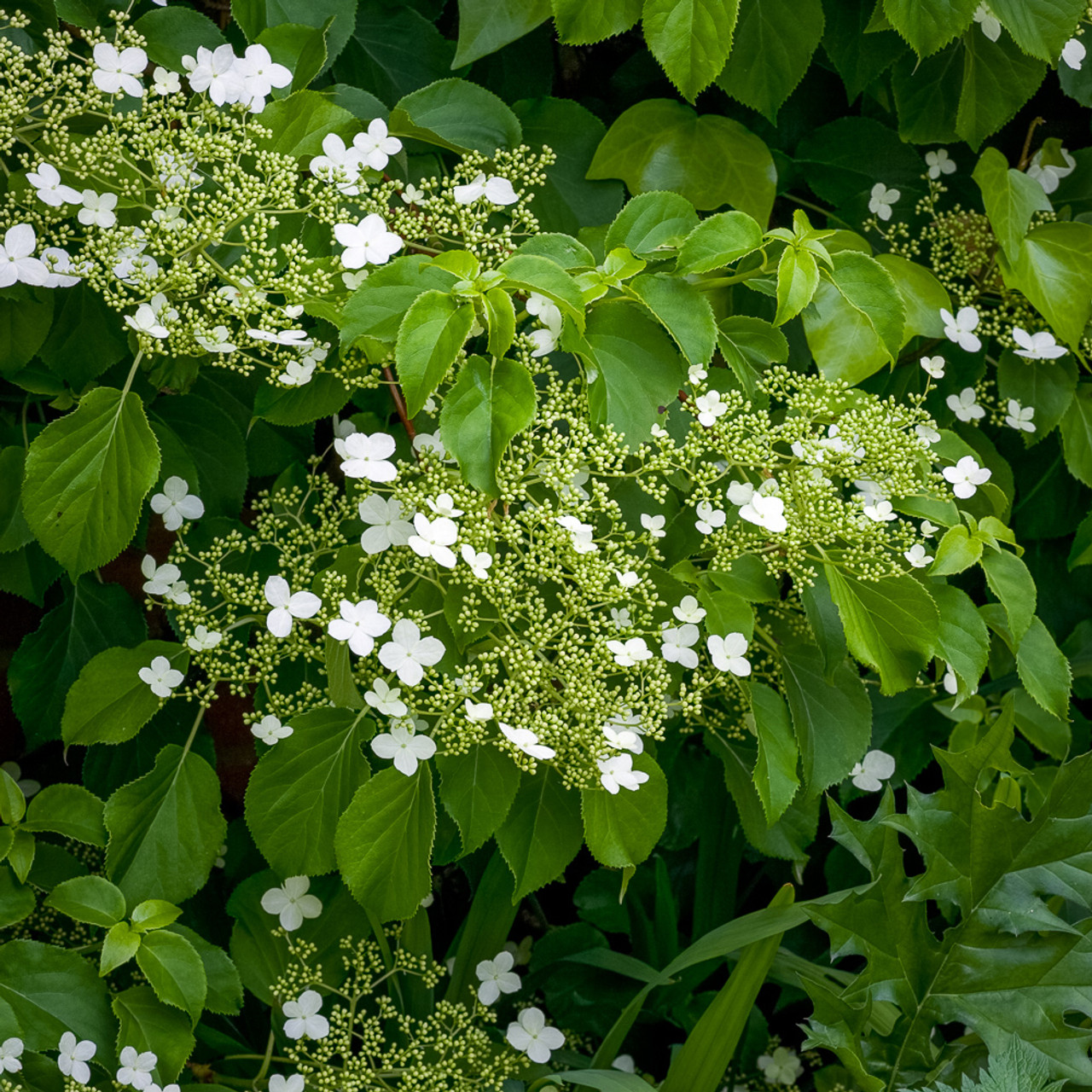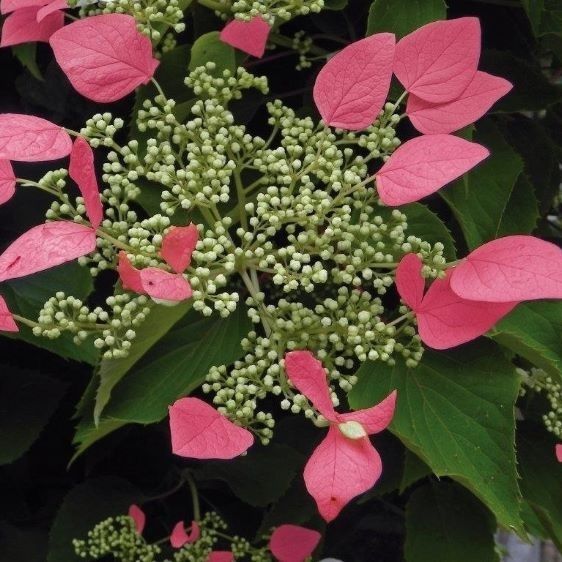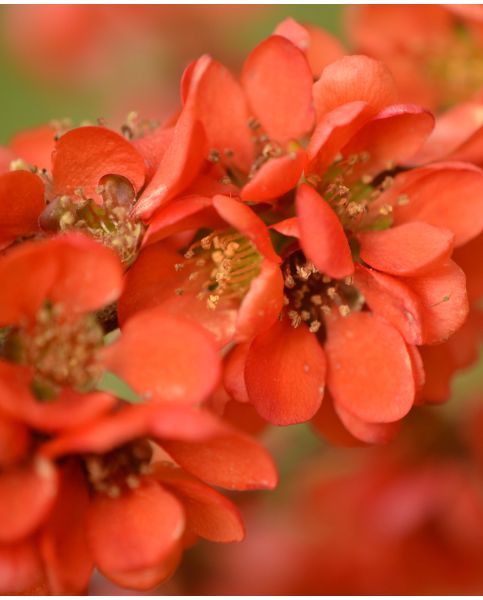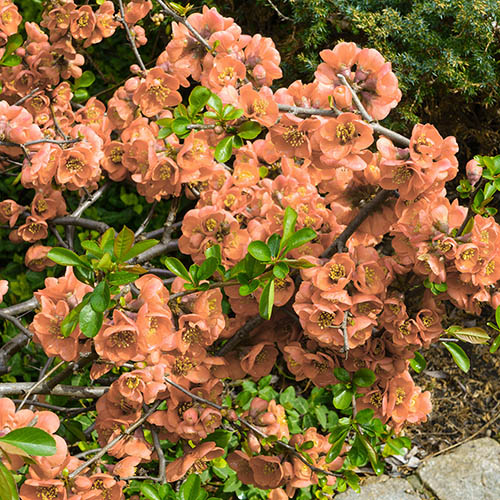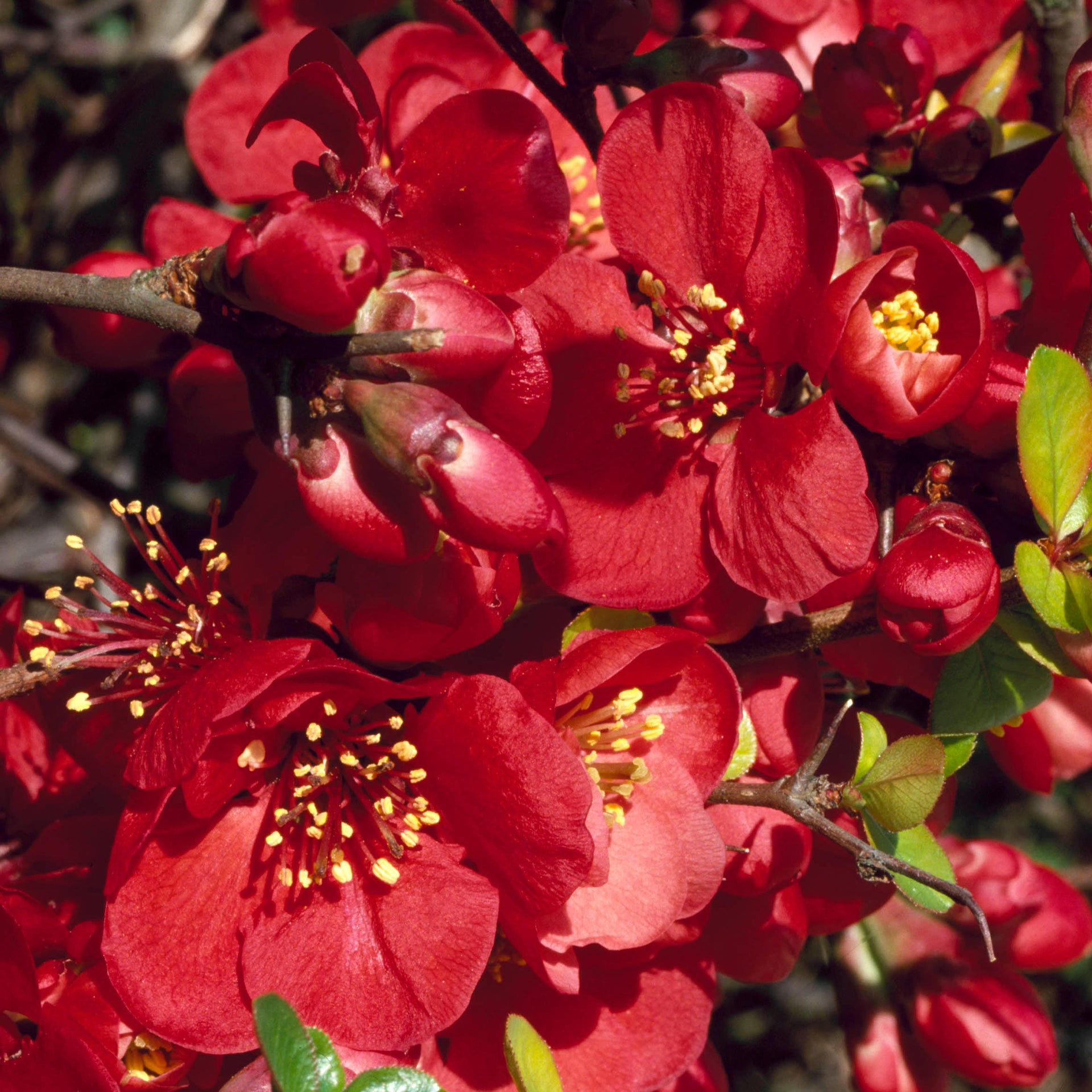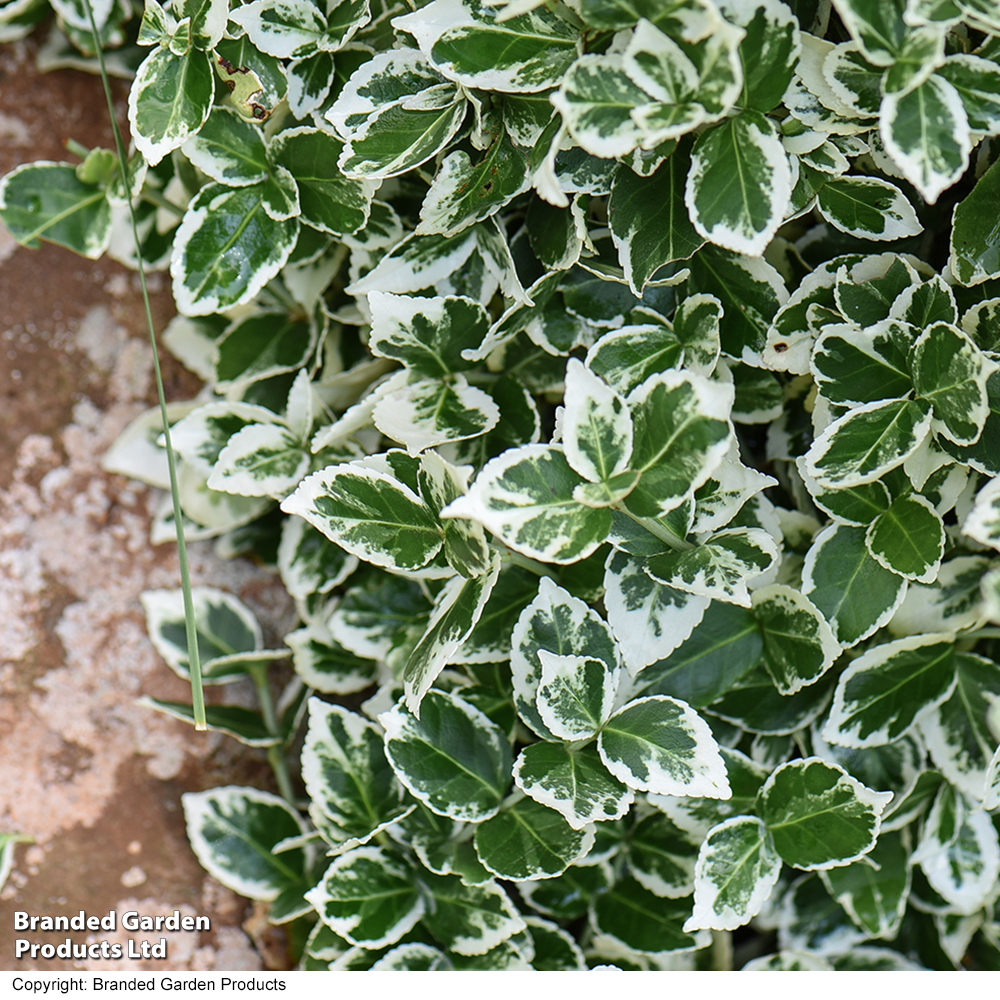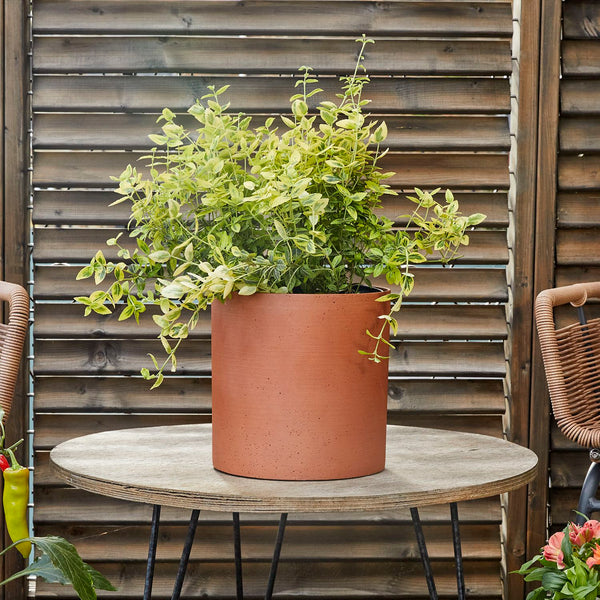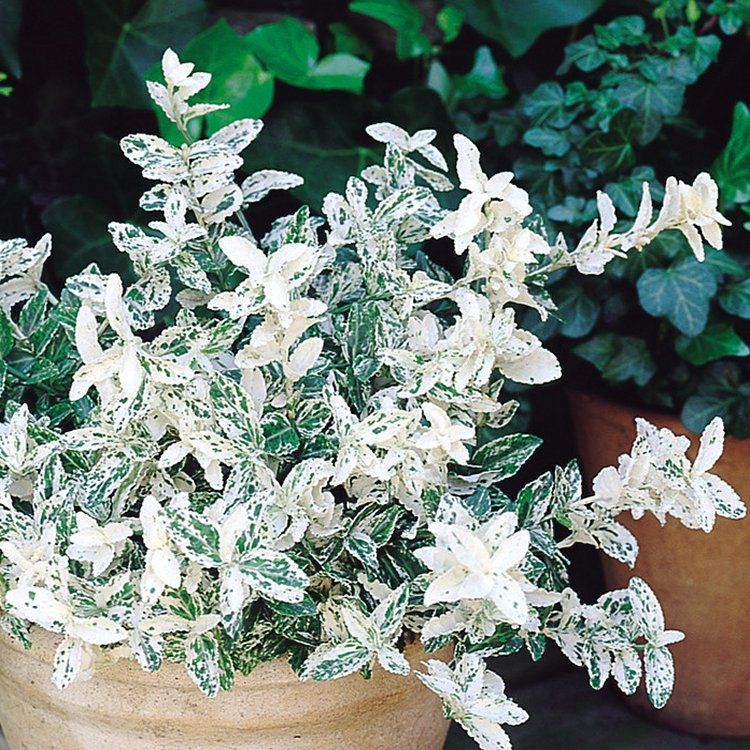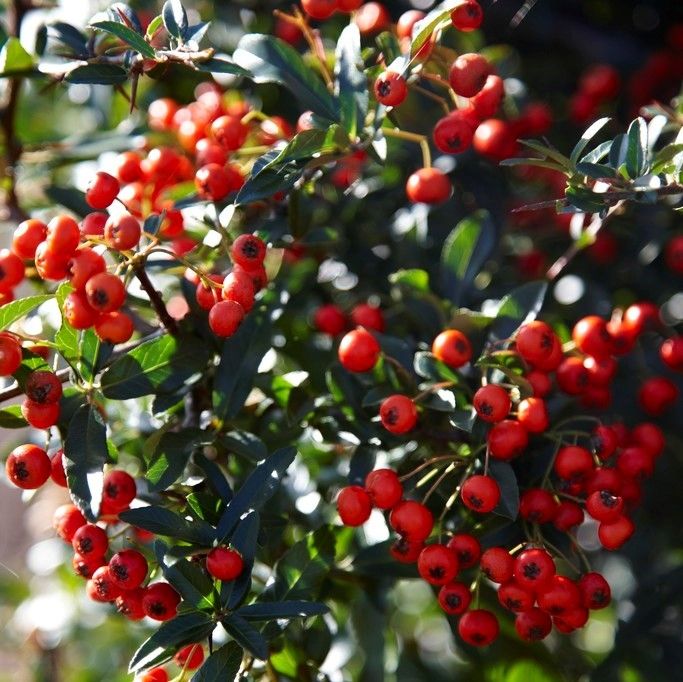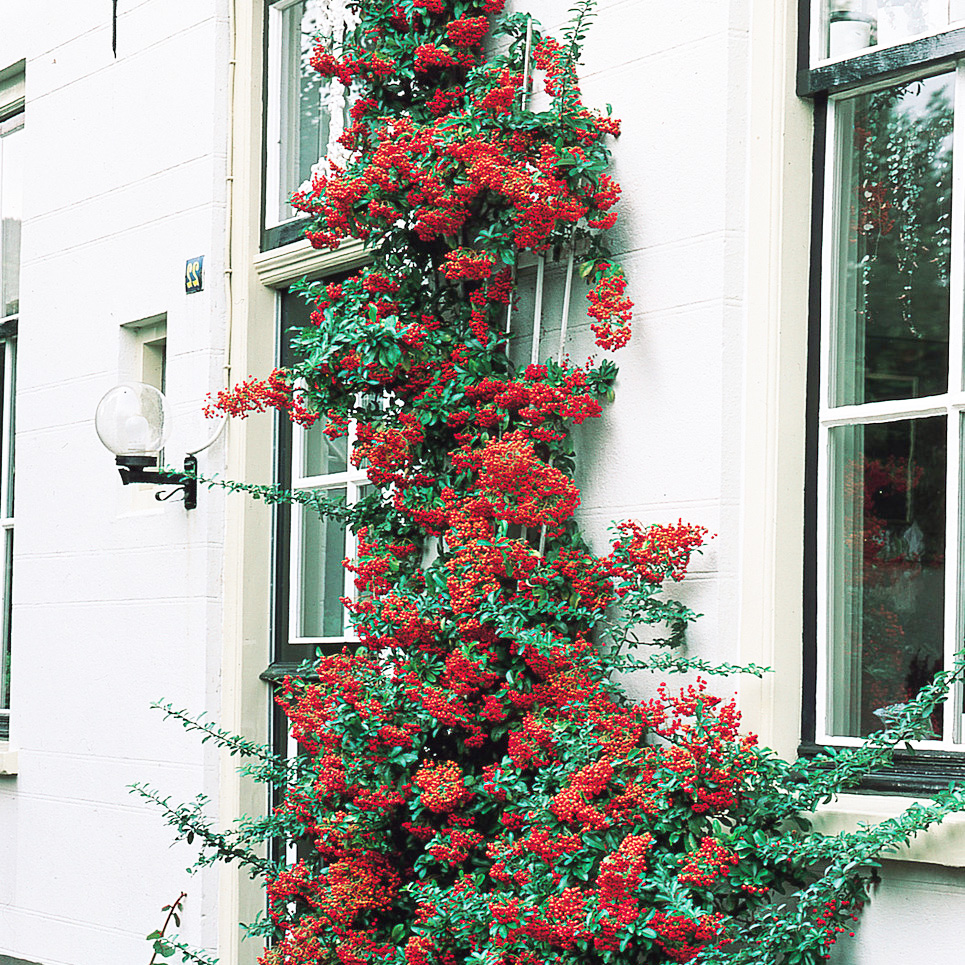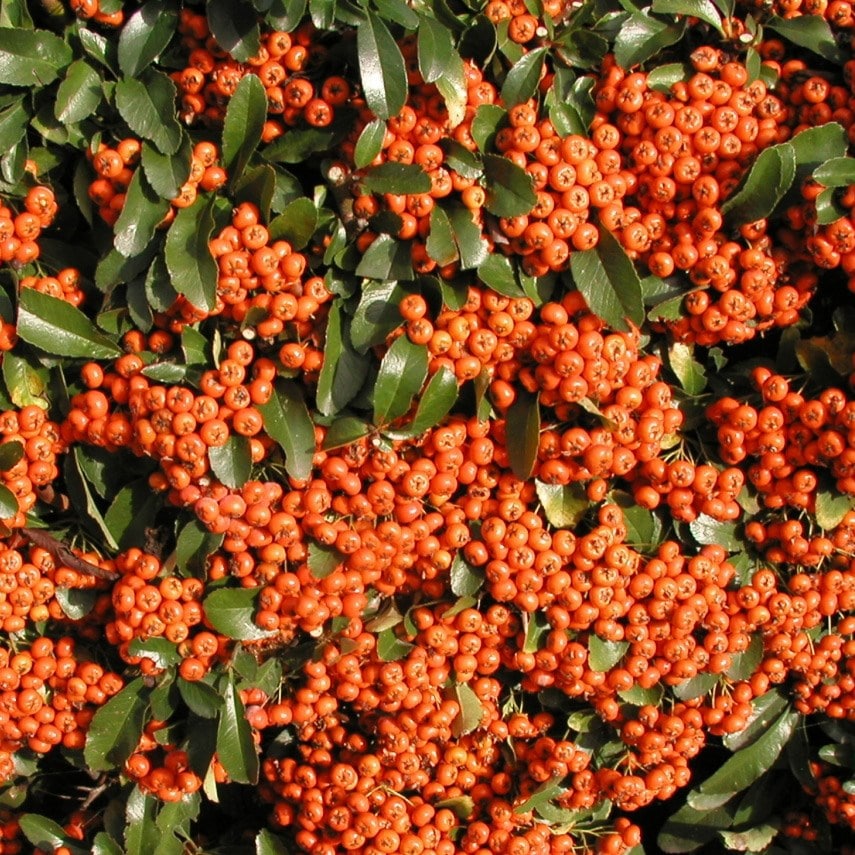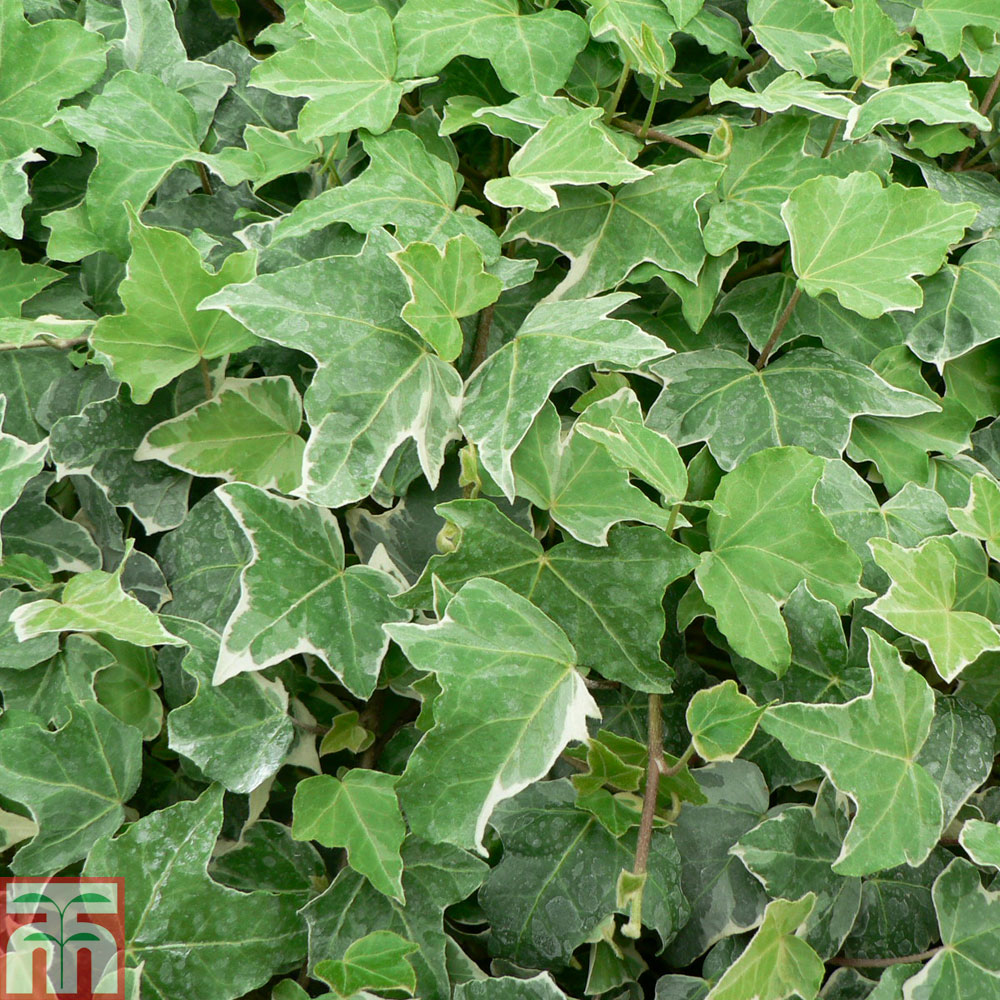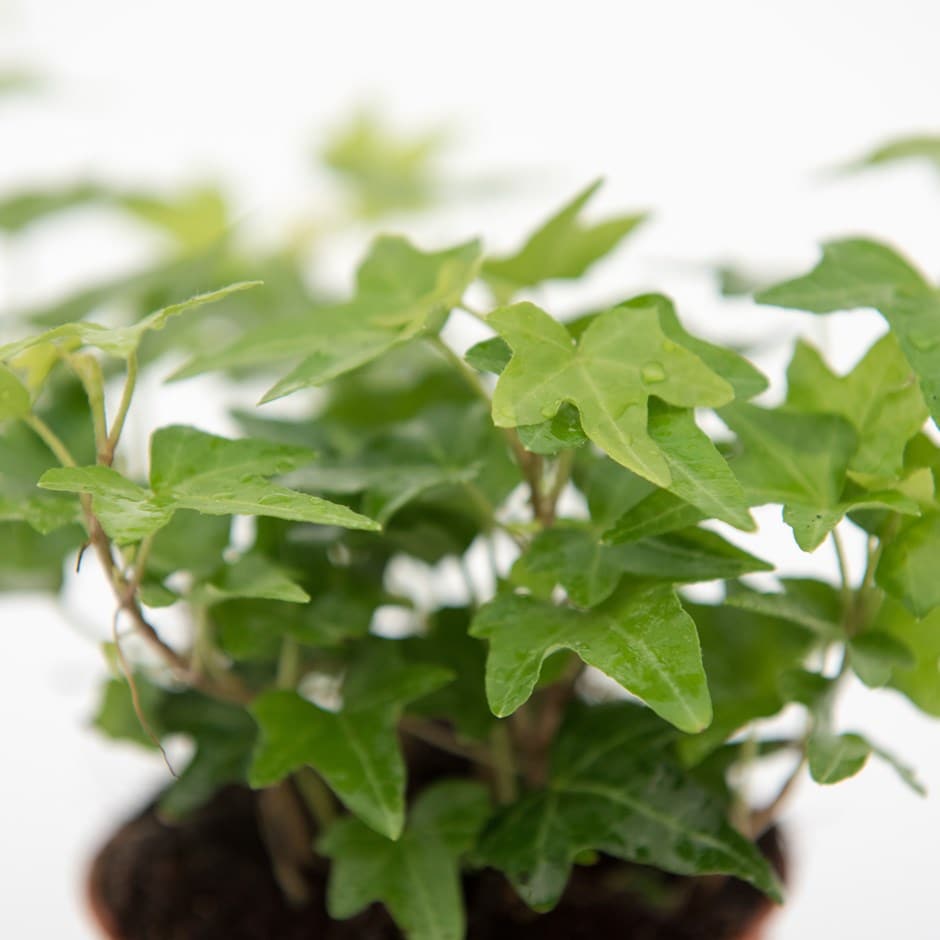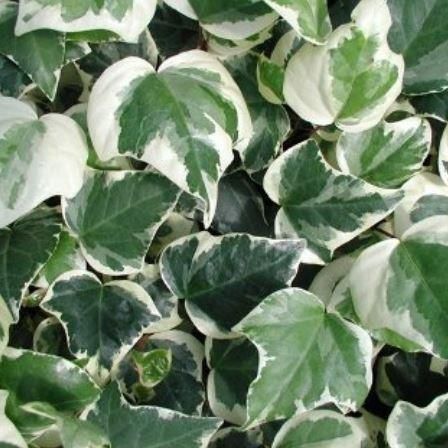6 climbing plants that thrive on neglect and will add interest to your garden fence and walls with zero effort
There's nothing wrong with a little lazy gardening
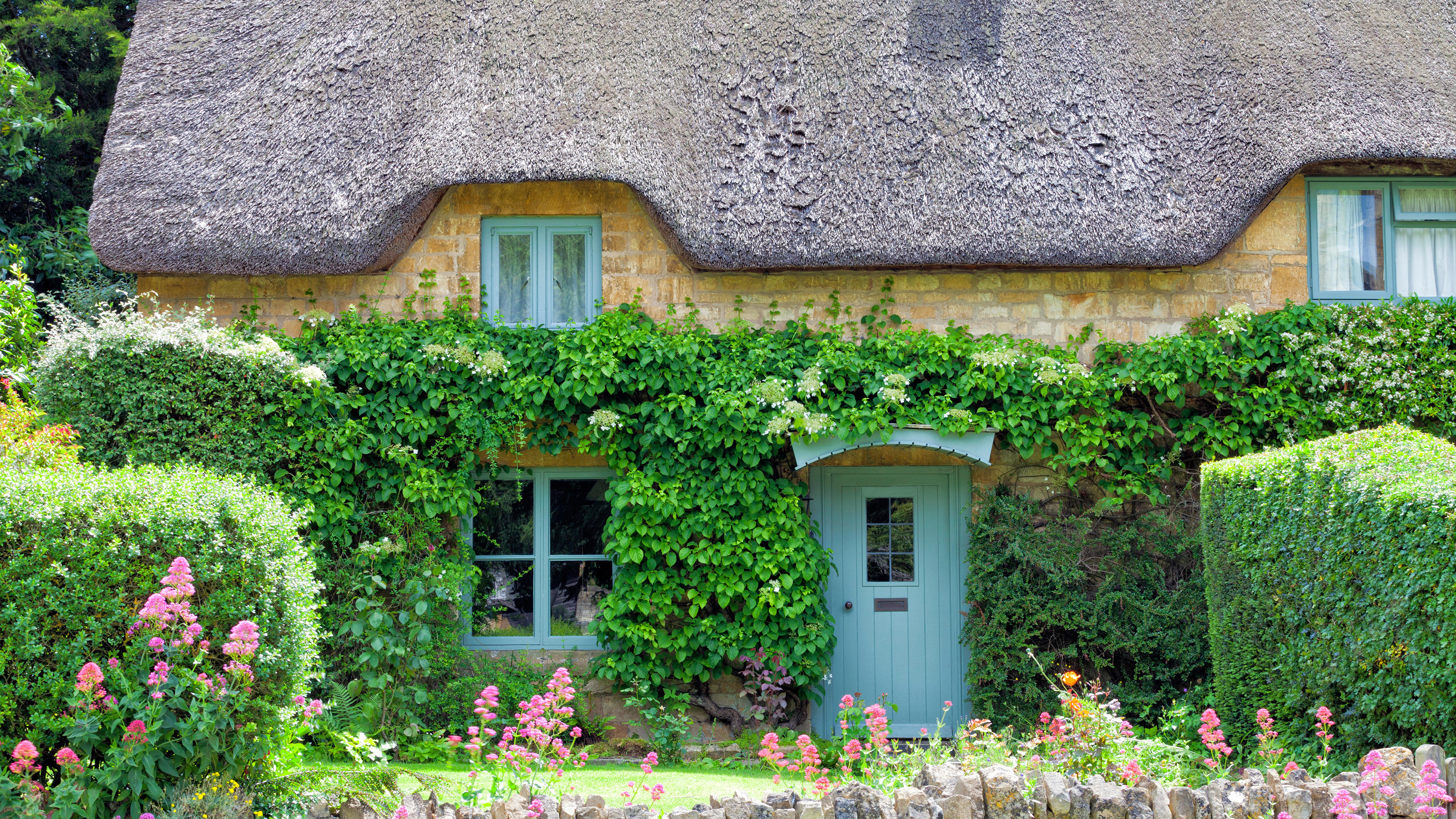

These climbing plants that thrive on neglect are one of the best-kept secrets for a stunning garden with minimal effort.
Whether you're short on time or struggle to cultivate a botanical oasis, these plants add height and texture without requiring too much maintenance.
When growing easy climbing plants, they must have a structure, whether that's an arbour, tepee, trellis or even a fence, to plant your chosen climbing plant with to support their growth. These are easy to install – often just needing to be pushed into the soil – and will reward you with a low-maintenance display that packs a punch.
What you'll need
Climbing plants that thrive on neglect
There are lots of beautiful climbing plants, including climbing roses and wisteria – however, training wisteria and planting climbing roses require at least some level of care and attention in order to thrive. If you are not a natural gardener or struggle to dedicate hours to your plot, then finding the time to prune, tie in, and deadhead climbers can be impossible.
These climbing plants that thrive on neglect offer the perfect solution, letting you have the living walls of your dreams without the effort.
Of course, even plants that thrive on neglect need some level of care. For most of these climbing plants that thrive on neglect, you will need to know how to train climbing plants. However, it's very straightforward, just tying the stems to the frame. They will also likely need water during extreme heat waves (as will most plants), but in terms of day-to-day maintenance, you can simply let them grow.
If looking for climbing plants that thrive on neglect, it is important to avoid climbing plants for pots, as these will need regular watering and feeding and occasional repotting in order to thrive.
Sign up to our newsletter for style inspiration, real homes, project and garden advice and shopping know-how
1. Cobaea scandens
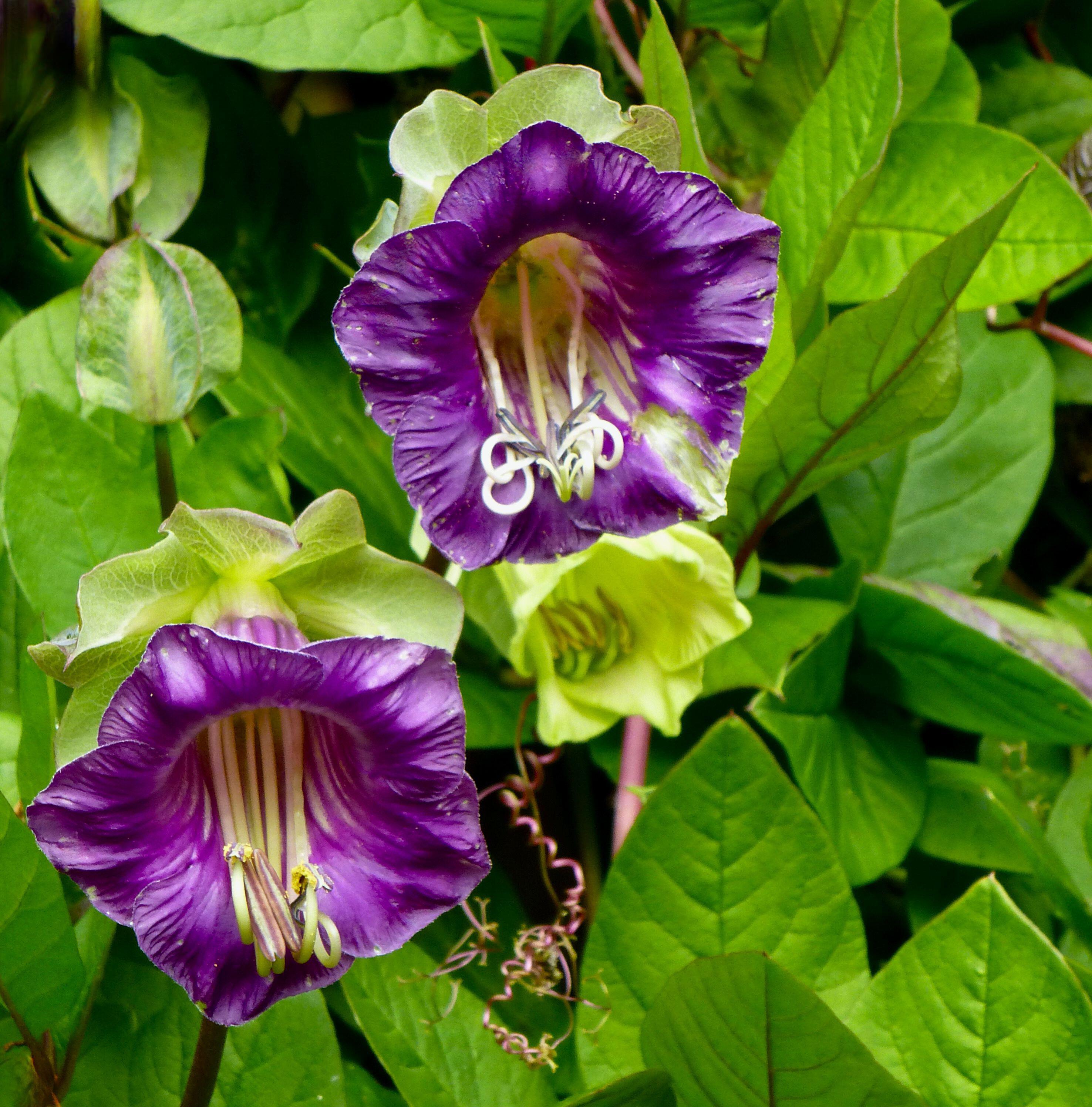
One of the best drought-tolerant plants, Cobaea scandens requires very little attention once planted in the garden and will reward your lack of effort with a display of pretty purple blooms from July to November.
'If you're looking for climbing plants that thrive on neglect, I’d plant the triffid cup and saucer plant, Cobaea scandens. It’ll give glam swathes and curtains until the frosts,' explains garden expert Sarah Raven.
While it can be grown affordably from seed – ideal for gardens on a budget – Cobaea scandens can be purchased as jumbo seedlings or in 2-litre pots, depending on the time of year, for instant planting in the garden.
The only thing to note is that Cobaea scandens are annuals, so they will need replanting each year.
2. Climbing hydrangea
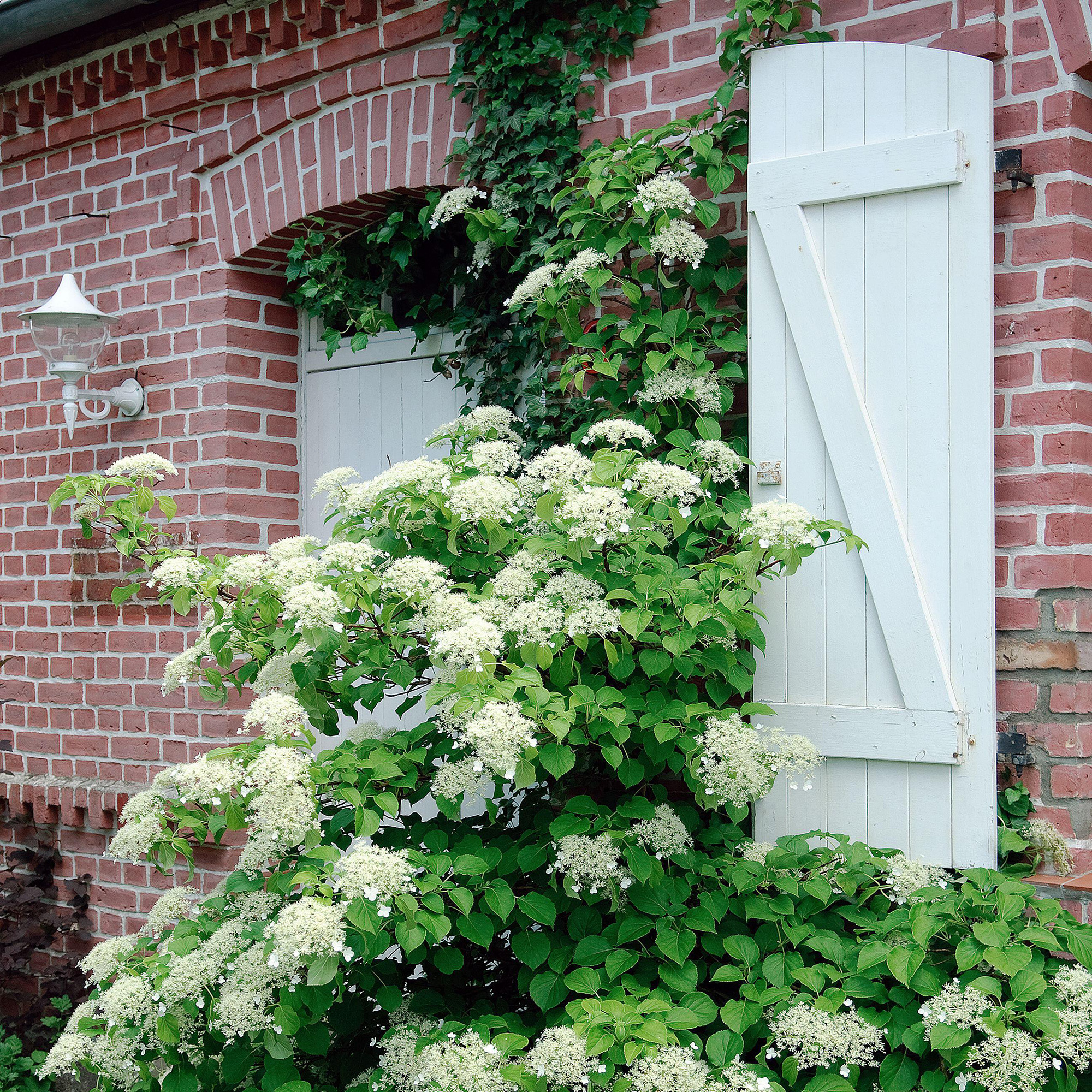
Climbing hydrangeas are one of the best fast-growing climbing plants – perfect for when you want a living wall but don't want to worry about the maintenance. As one of the climbing plants that thrive on neglect, climbing hydrangeas are self-clinging so you don't even have to tie them in.
Unlike other hydrangeas, which require specific pruning regimes, Climbing Hydrangea only need a very light pruning to remove any dead or diseased wood or to control its size. You don’t technically need to deadhead them if you don’t want to.
3. Japanese Quince
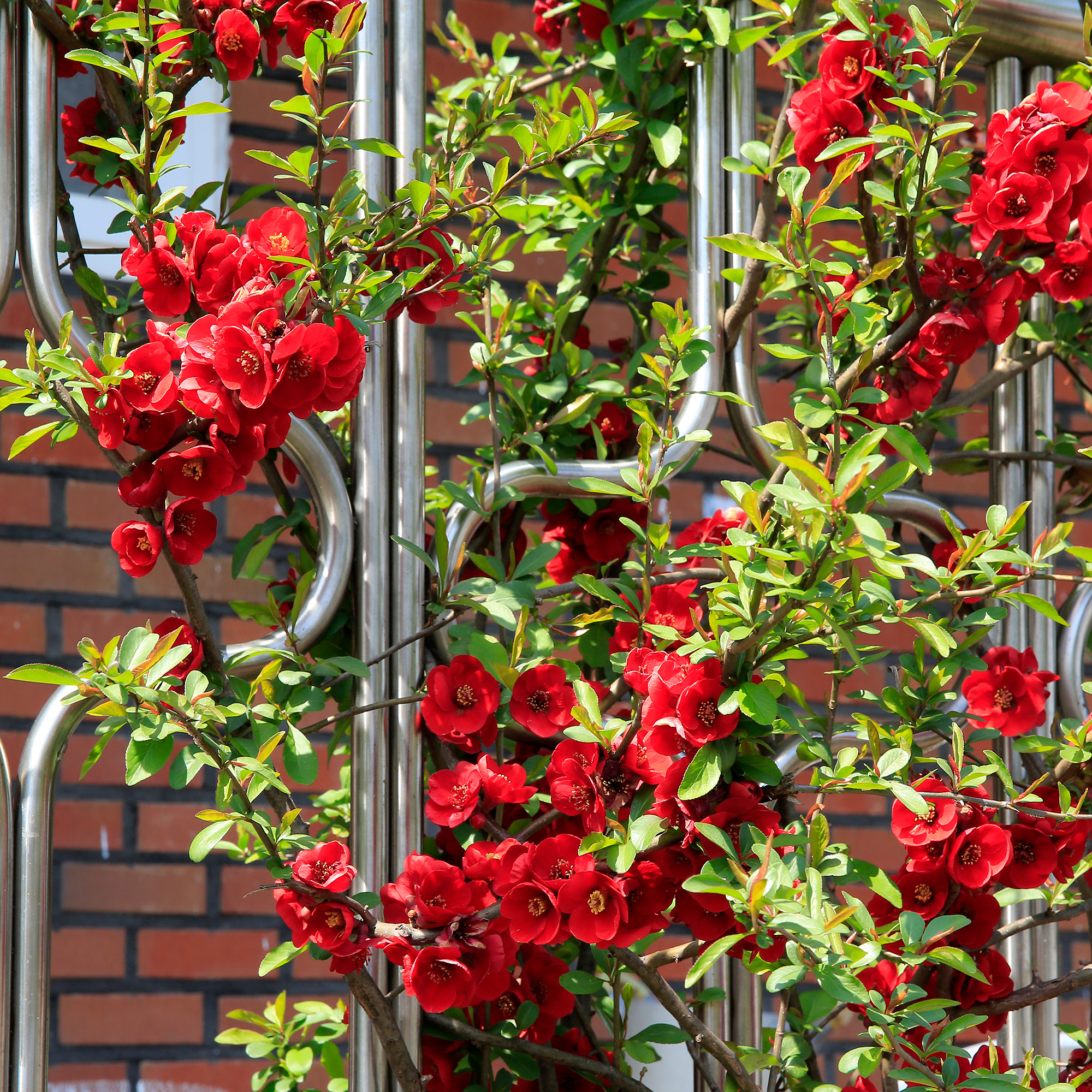
Chaenomeles japonica, also known as Japanese Quince, is one of the more eye-catching climbing plants that thrive on neglect. This winter-flowering shrub with its orange-red, scarlet or crimson flowers offers a much-needed burst of life in the garden at this time of year.
Growing happily in most types of soil, from clay to sand, and at any pH level, these plants will be happy wherever you place them. The only thing to avoid is extremely shaded spots.
While it will need very little care in the first few years, once the plant is established, it will benefit from light pruning after flowering to keep it in shape. However, this is as easy as cutting out any dead or damaged shoots and anything that looks weak.
4. Euonymus fortunei
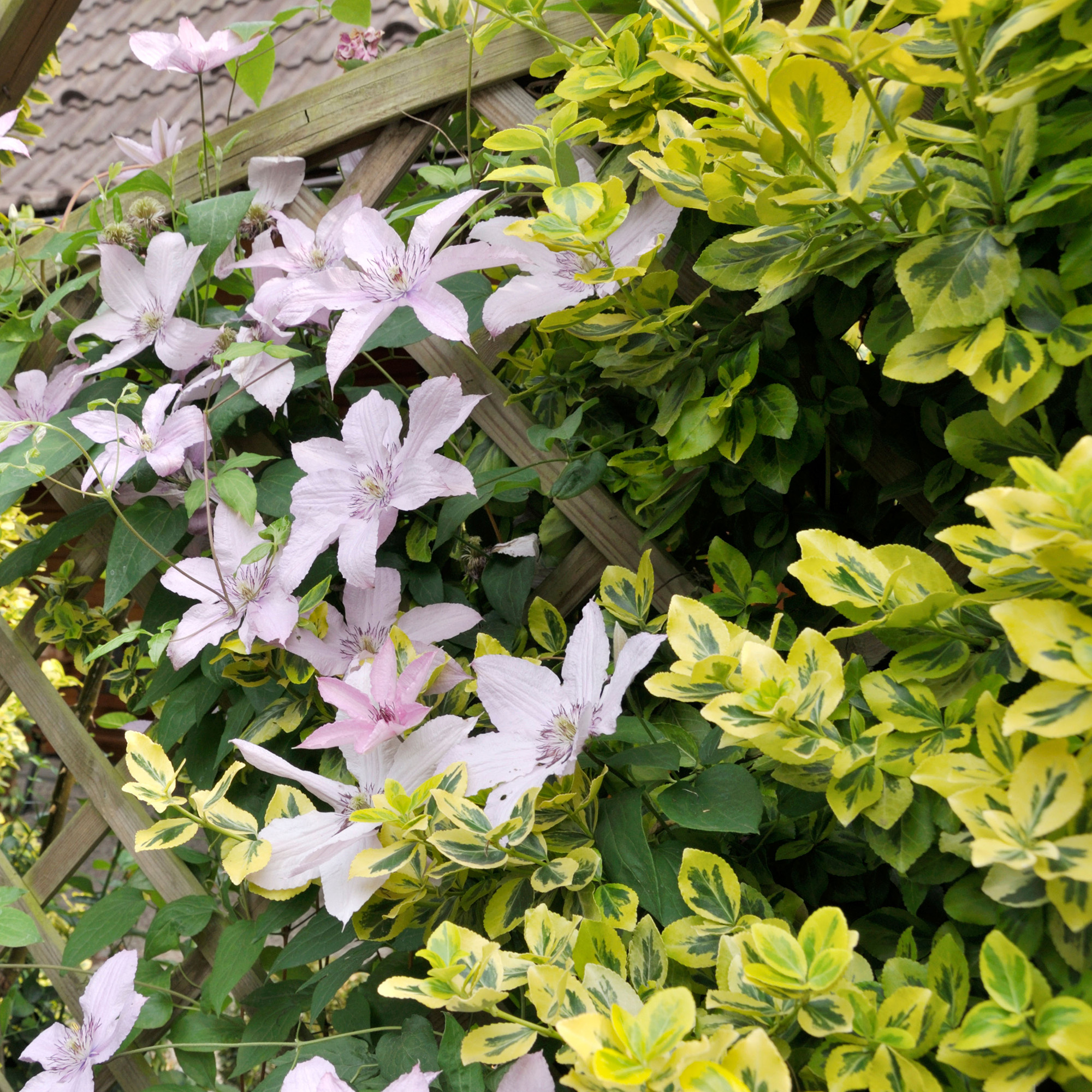
Tolerating most soil types and aspects, Euonymus fortunei – also known as wintercreeper – is primarily grown as a compact shrub. However, position it against a wall or trellis, and it'll quickly climb, creating a green garden screen.
'Native to Asia, it grows as a vine in the wild, where it can reach heights of around 20 metres. It’s very tough, which makes it a great addition to any outdoor space,' explains experts at Patch Plants.
Seen above paired with Clematis (Clematis Piilu), Euonymus fortunei only require pruning to keep them under control, cutting off stems that stray beyond the area you want them.
5. Pyracantha
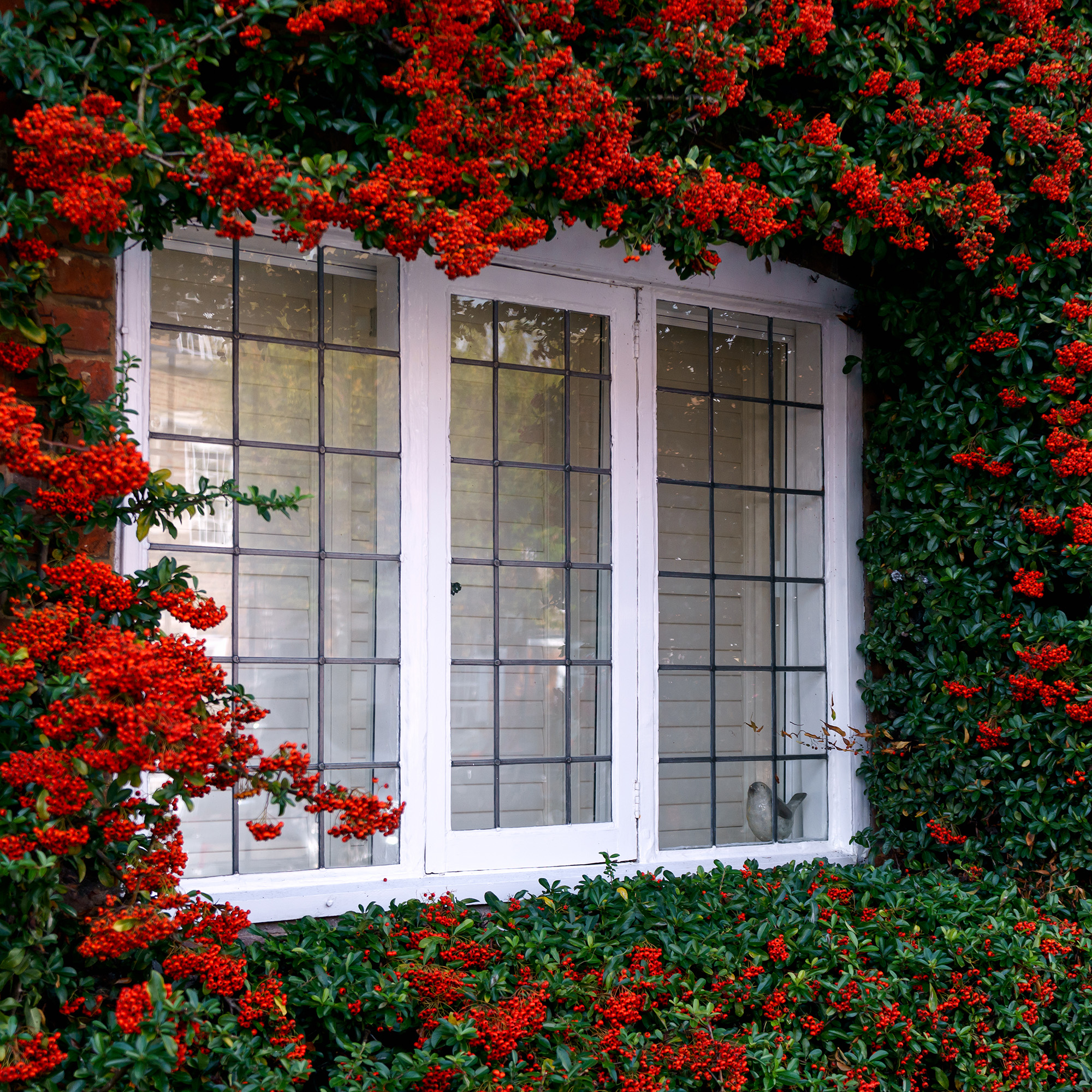
One of the most wildlife-friendly climbing plants that thrive on neglect is pyracantha.
'Pyracantha coccinea ‘Red Column’ is an ideal shrub to train up a fence or over an archway, as it is hardy and reliable and produces prolific and long-lasting red berries,' explains garden expert Leigh Clapp. 'Pyracantha abundantly produces long-lasting and showy orange to red berries and can be trained as an espalier on a wall. Trim to encourage branching between late winter and spring, and new growth in summer. Pyracantha is suitable for any moderately fertile soil that is not prone to waterlogging, in sun or part-shade.'
If you are hoping to grow pyracantha to hide an ugly garden wall or fence, it's important to know that not every variety of pyracantha will be up to the job. Look for Pyracantha coccinea ‘Red Cushion’; Pyracantha Saphyr Orange ‘Cadange’ and Pyracantha koidzumii 'Victory'.
Smaller plants will not need much attention, but pruning pyracantha in spring and summer will facilitate the best growth.
6. Ivy
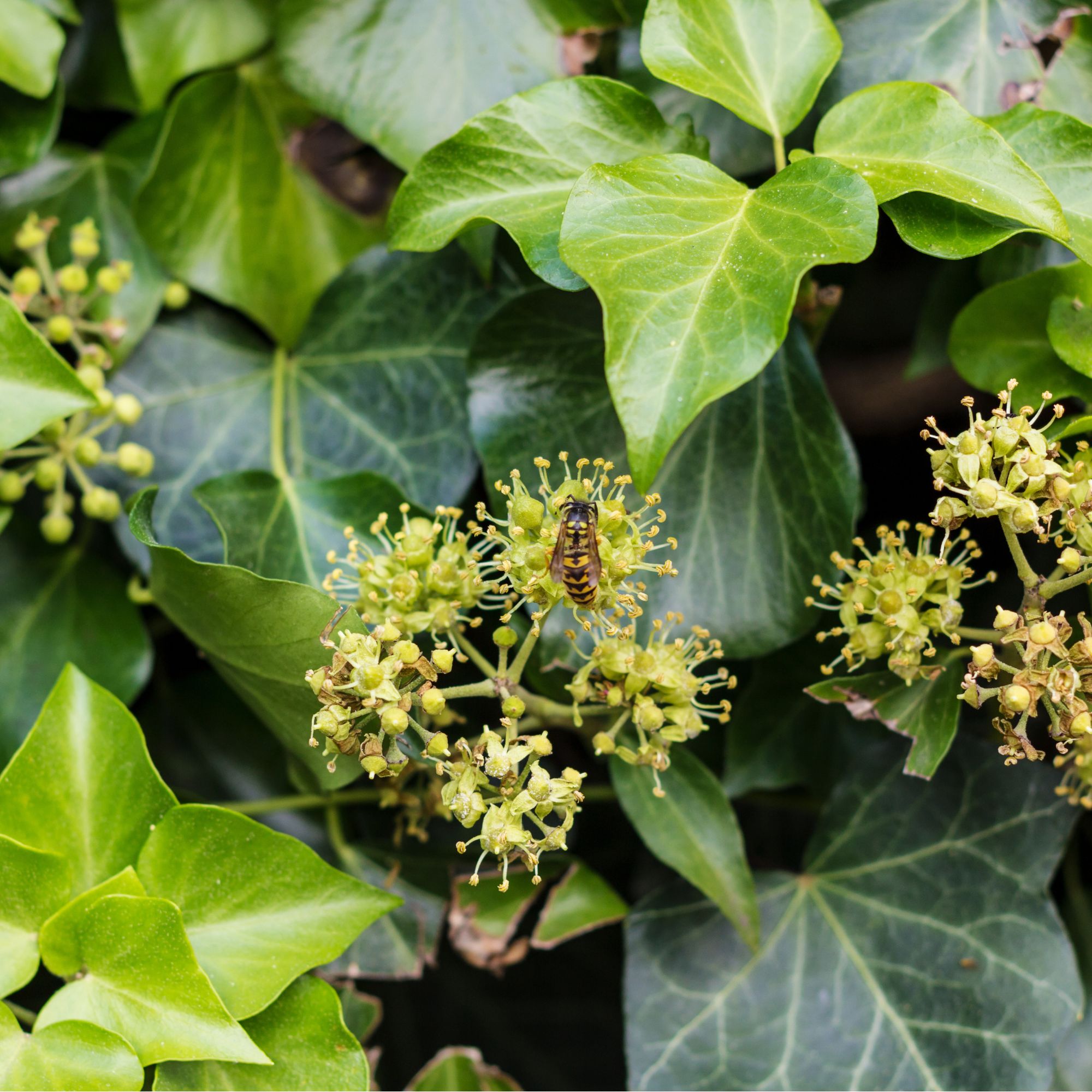
Where greenery is favoured over blooms, ivy is a great option. Ivy is commonly seen growing in the wild, a testament to its low-maintenance and resilience.
'The perfect choice to add a bit of verticality to your patio design, ivy’s sprawling design can add depth and feeling to your patio space, climbing the walls to reconnect your home with the nature around it,' explains garden experts at Nth Degree.
The only real maintenance that ivy needs is to be cut back when it's growing a little too vigorously. However, a once-over with the secateurs will quickly solve any issues
FAQ
What is the best self-clinging climber?
The best self-clinging climbers are climbing hydrangeas. Thriving on neglect, climbing hydrangeas don't need to be tied into a frame, as they will use their aerial roots to climb.
Is there an evergreen climbing plant?
There are many options for evergreen climbing plants that thrive on neglect, including pyracantha, ivy and euonymus fortunei. These provide an ideal backdrop when hoping to channel patio privacy ideas or create garden screens, and can be intertwined with floral climbers, such as climbing plants with pink flowers like clematis or certain types of jasmine variety.
Climbers can work wonders in disguising fences or add a pocket of privacy to a garden. Are there any low maintenance climbing plants you recommend?

Holly is one of Ideal Home’s content editors. Starting her career in 2018 as a feature writer and sub-editor for Period Living magazine, she has continued this role also adding regular features for Country Homes & Interiors and the Ideal Home website to her roster. Holly has a passion for traditional and country-inspired interiors – especially kitchen design – and is happiest when exploring the countryside and hills of the Lake District. A keen gardener, she is a strong believer that you can never have too many houseplants.
You must confirm your public display name before commenting
Please logout and then login again, you will then be prompted to enter your display name.
